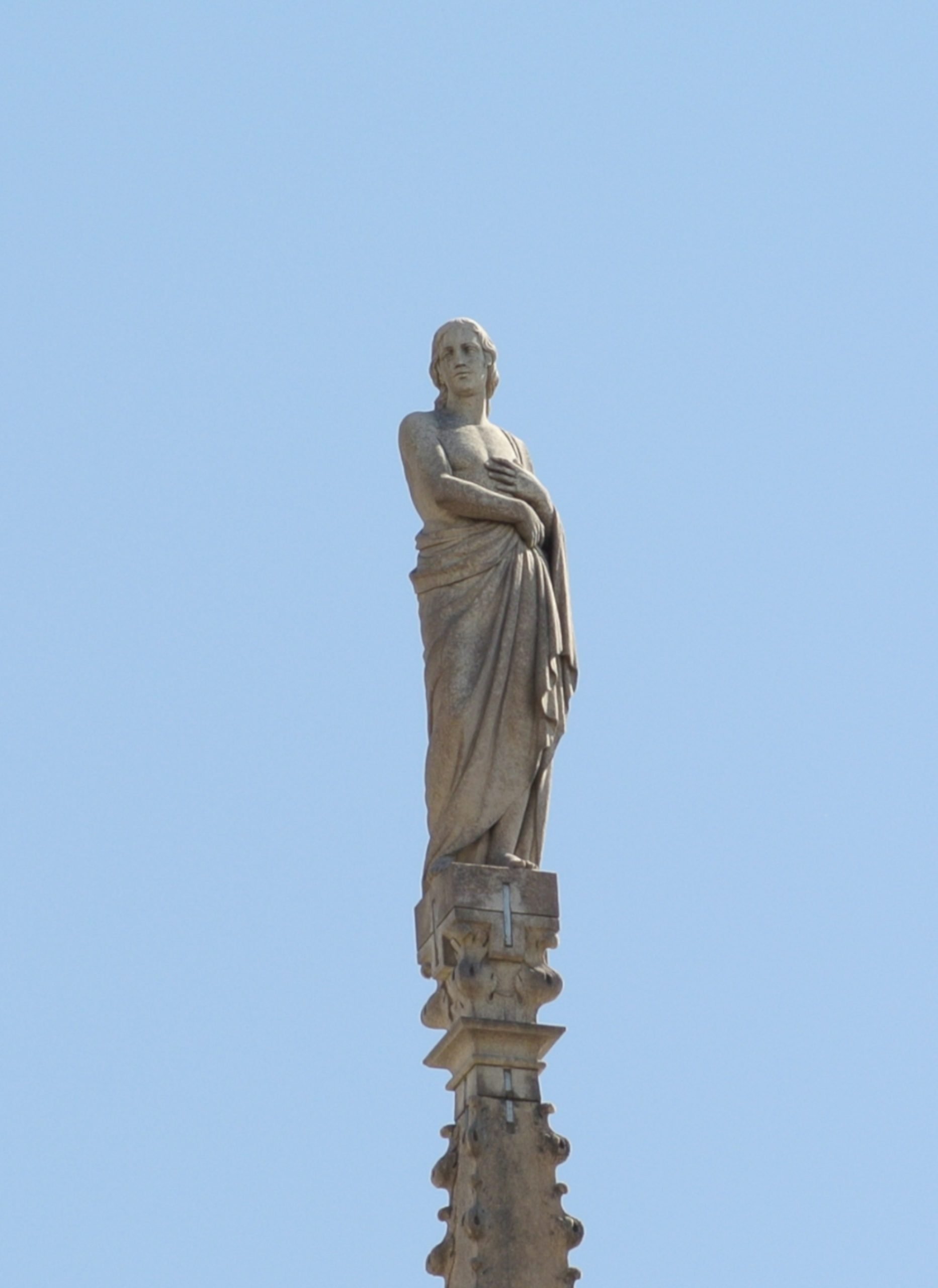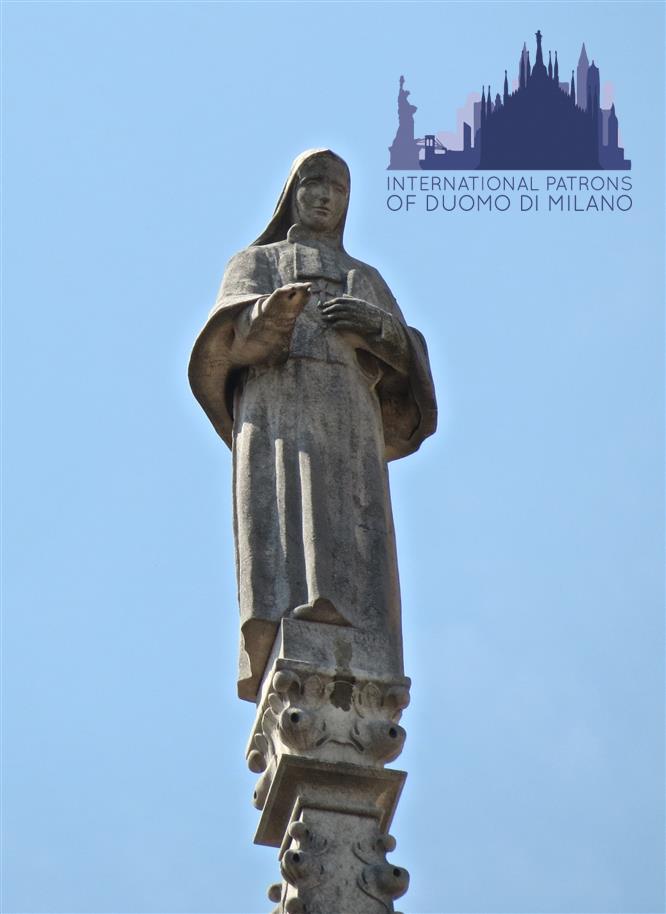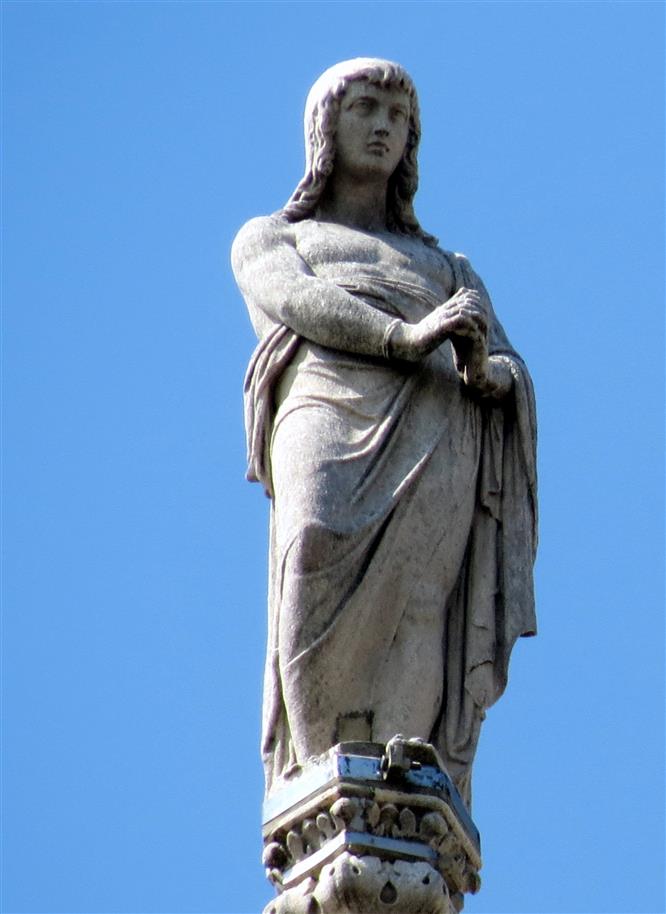ACINDYNUS, PEGASIUS, APHTHONIUS, ELPIDIPHORUS and ANEMPODISTUS These saints, martyrs of Persia, are mentioned in a Greek Passion of the time of Heraclius (610-614) that is historically scarce in value but reached us in a reworking by Simeon Metaphrast, a 10th century Byzantine hagiographer, and in a Latin version of the 1622 codex of the University of Padua. The story told in the “Passion” took place under King Sapor II of Persia (310-379). At that time, the persecutions were raging against Christians who, in contrast with the freedom of worship granted by the Roman emperor Constantine the Great in 313, the Persians considered a “fifth column” of the Roman Empire, with which Sapor II was in conflict. The King had the fervent Christians Acindynus, Pegasius and Anempodistus captured, subjected to interrogation and tortured according to the practice of the time. However, they healed miraculously, their chains were broken and melted together, while a violent storm hit the royal city of Isfahan, and Sapor II lost his voice, later regaining it by intercession of the same martyrs. Nonetheless, as occurs also in other ancient stories about the martyrdom of Christians, the torture did not end here: the three men were immersed in molten lead but came out unscathed, to the astonishment of the of the torturers, one of whom, Aphthonius, converted and was immediately decapitated. Another attempt to kill them was made by throwing them into the sea in a sack, but they ascended from the waves unharmed. In the meantime, within the Persian Senate, Elpidiphorus and other senators sided with the Christians paying for their courage with their life. In the end, Acindynus, Pegasius and Anempodistus were burned alive at Isfahan. It was ca. 350 A.D. Their relics were later transferred to Constantinople and venerated in a church dedicated to them. In 1204, during the 4th Crusade, one of Acendynus’ relics ended up in France, precisely in Vedans and from there in the Abbey of Rosières. It was lost during the French Revolution and found again a century later, in 1892 at Grozon. The martyr saints are venerated in the East and the West on November 2nd and remembered especially by the Byzantine Church. They are portrayed in the famous Golden Altar Piece in St. Mark’s Basilica in Venice. St. Acindynus, whose name comes from the Roman nickname “Acidinus,” meaning slightly sour, is venerated as the namesake of the Parish of Gasponi (a hamlet in the Municipality of Drapia, in the province of Vibo Valentia), whose feast day however falls on November 3rd, as the 2nd is the day for commemorating All Souls.
ST. ACINDYNUS
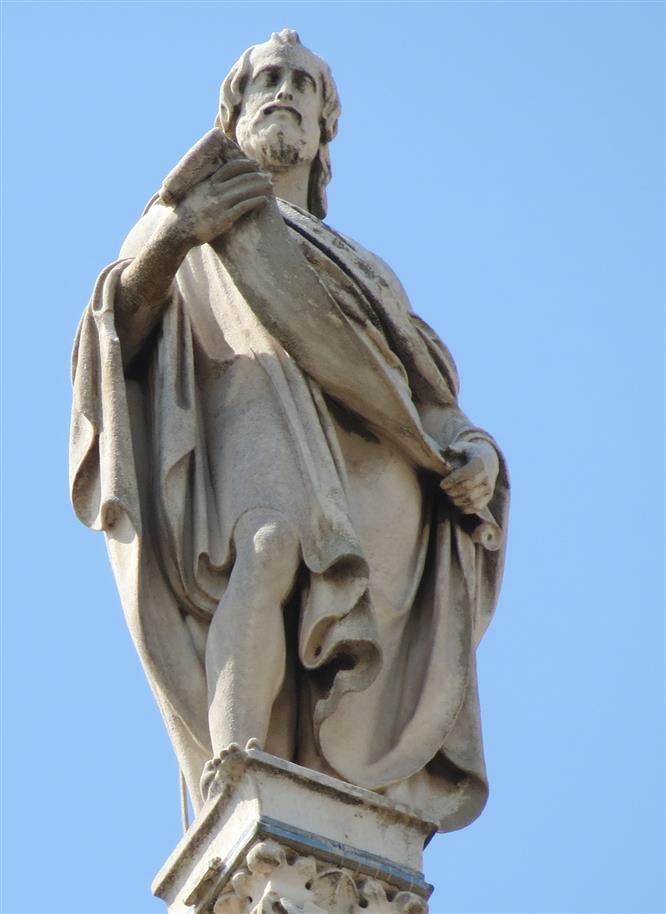
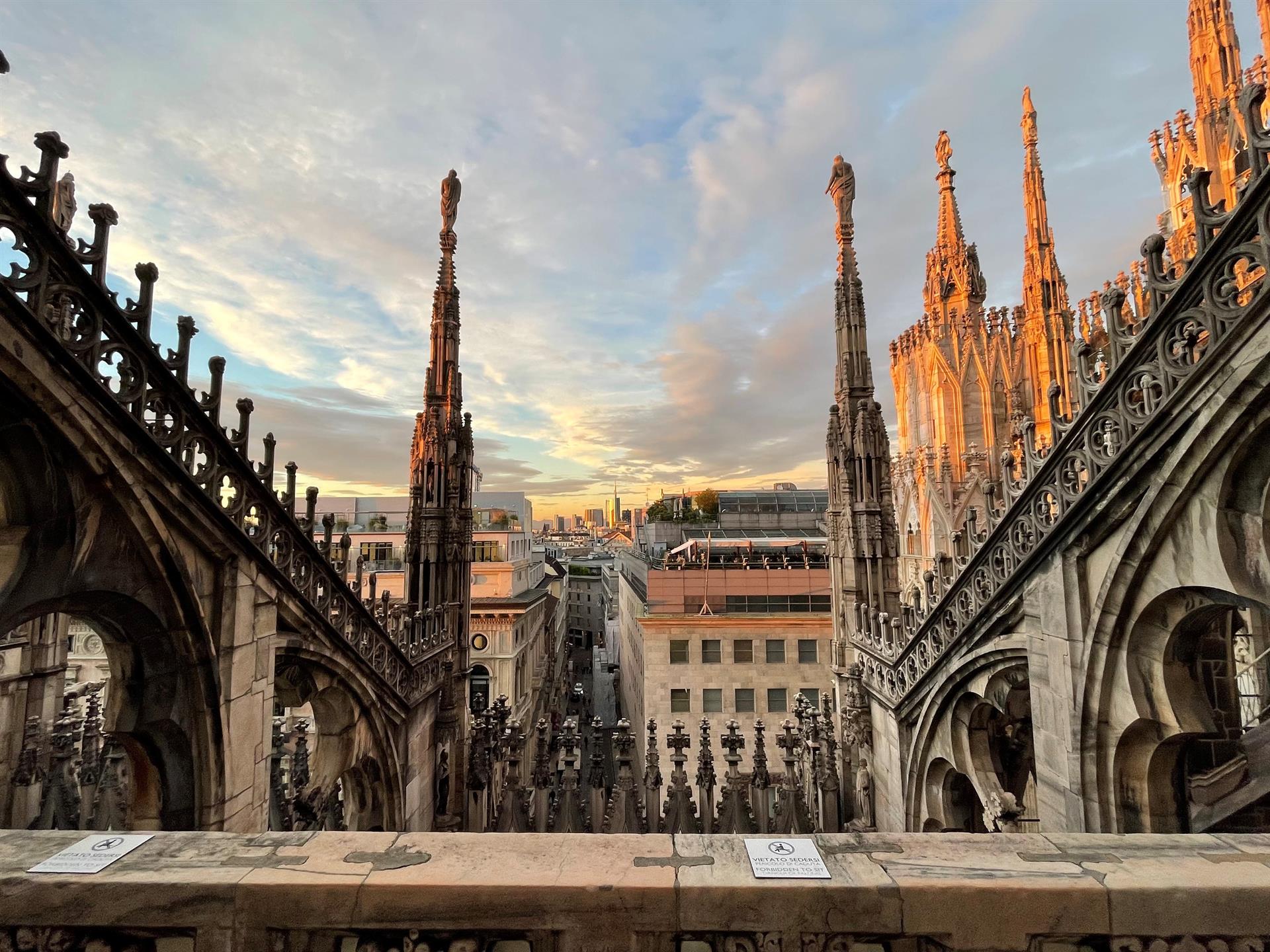
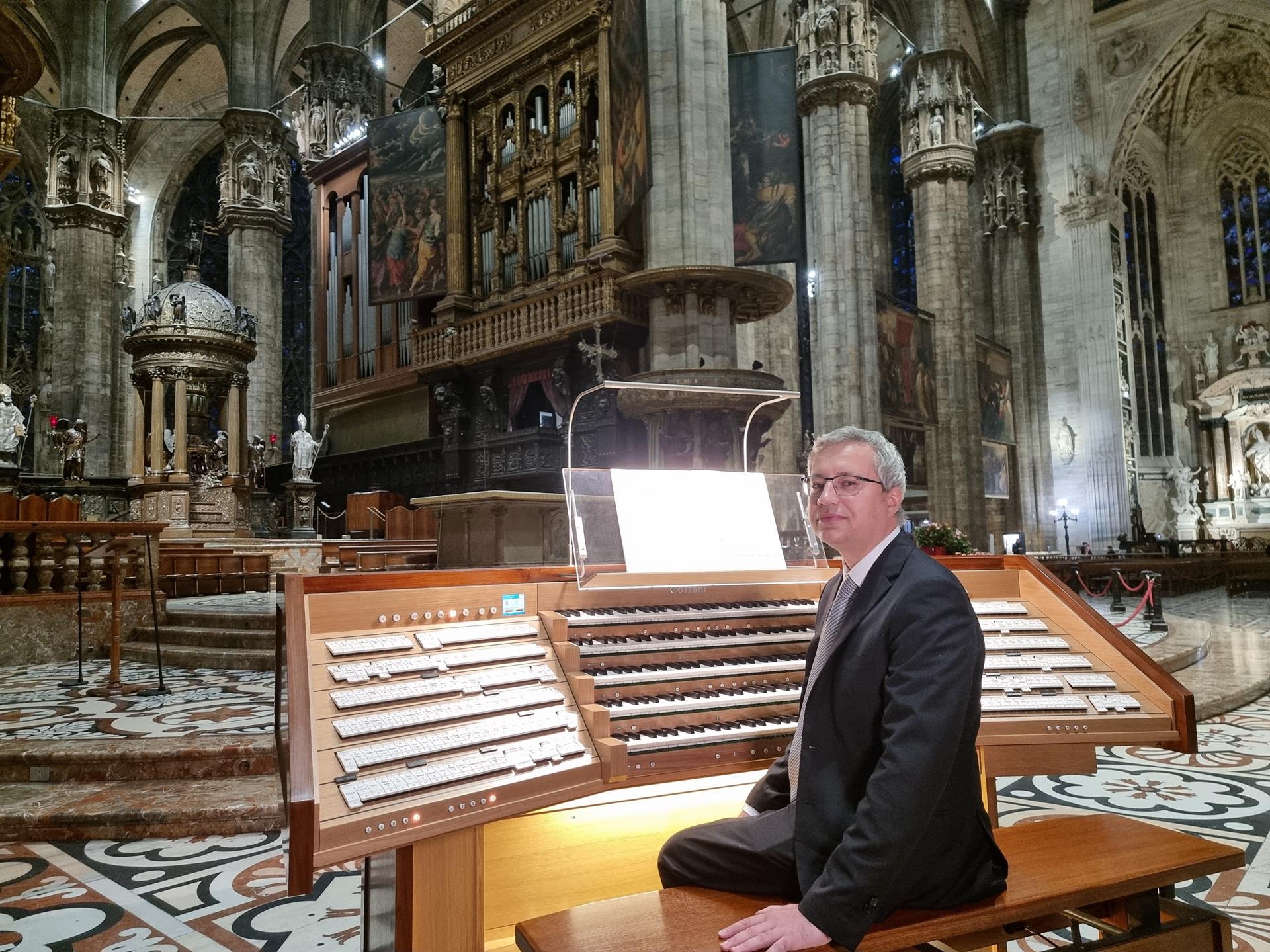
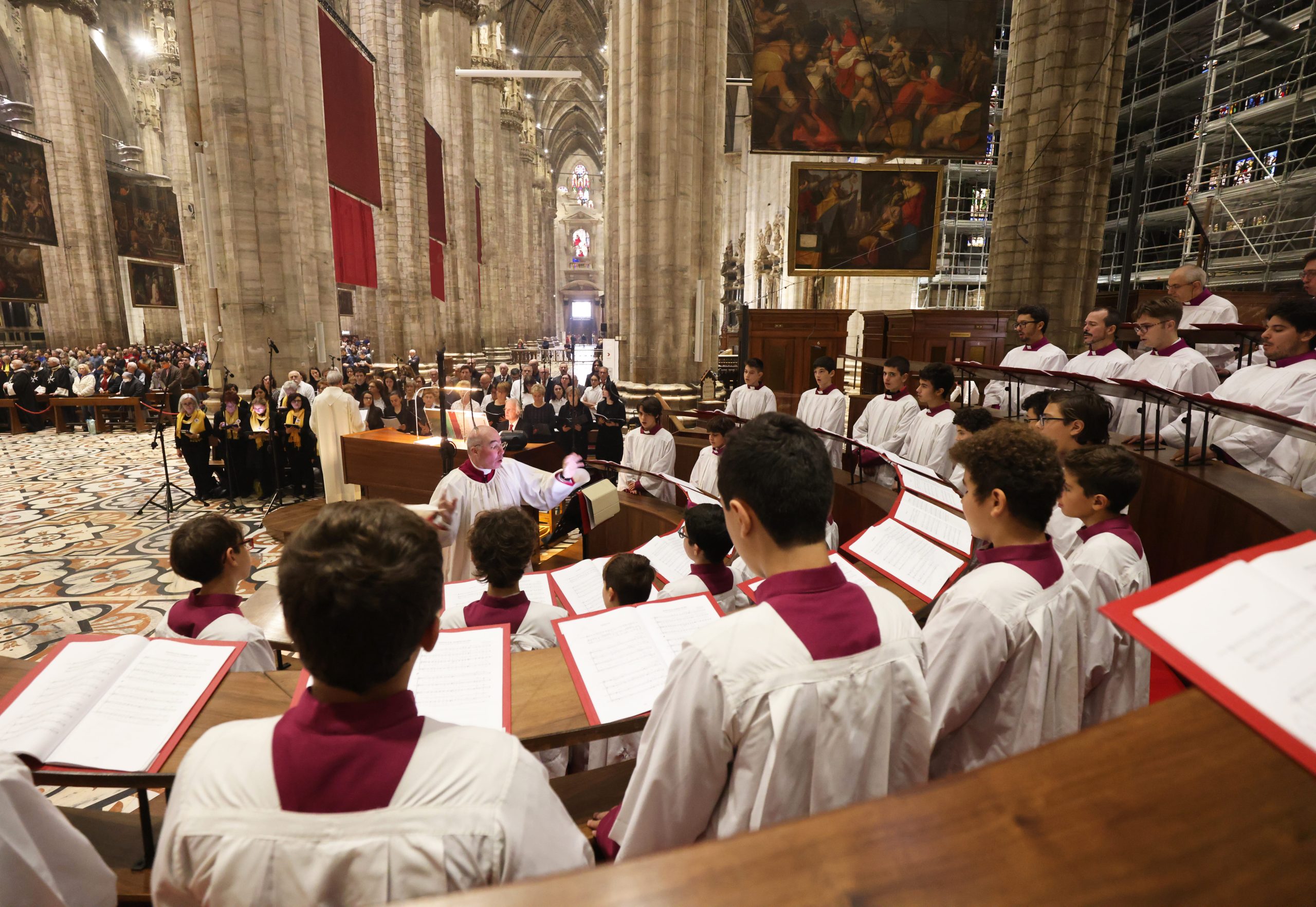
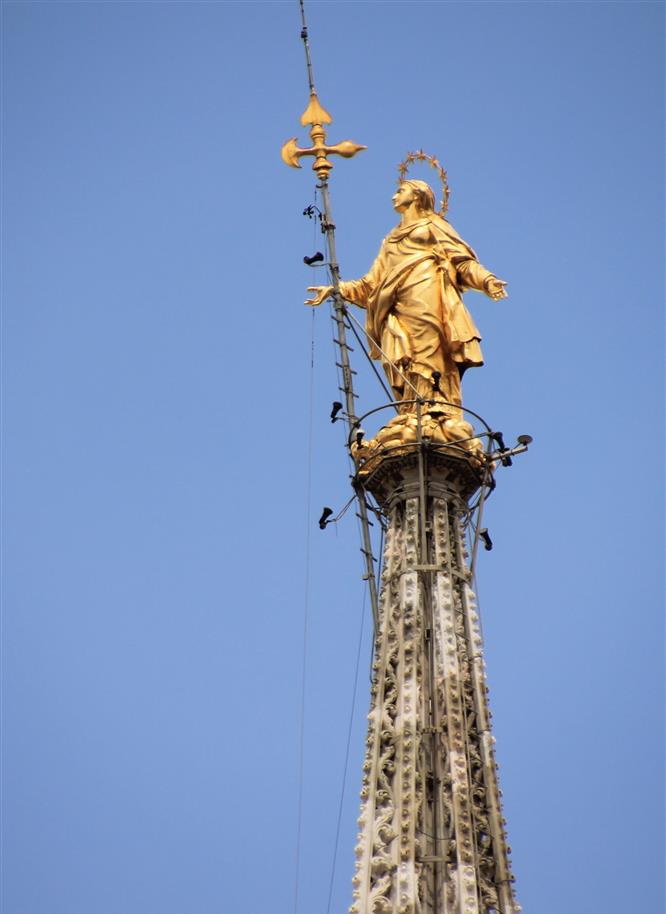
 Tiburio
Tiburio